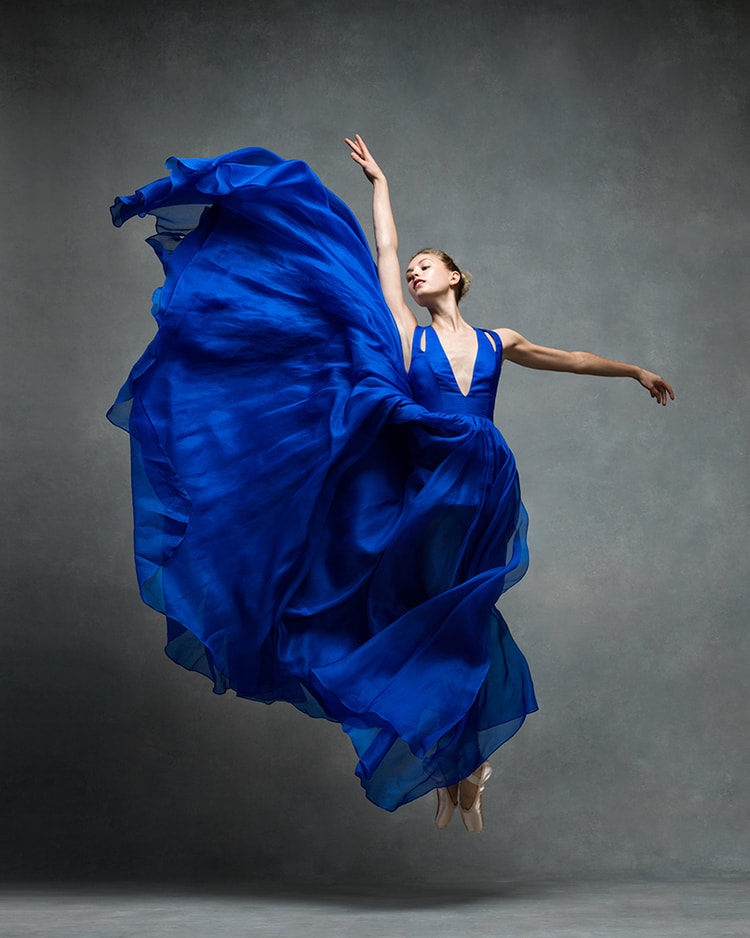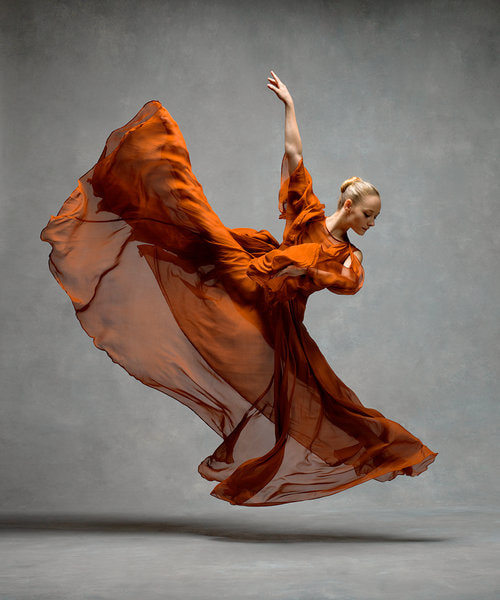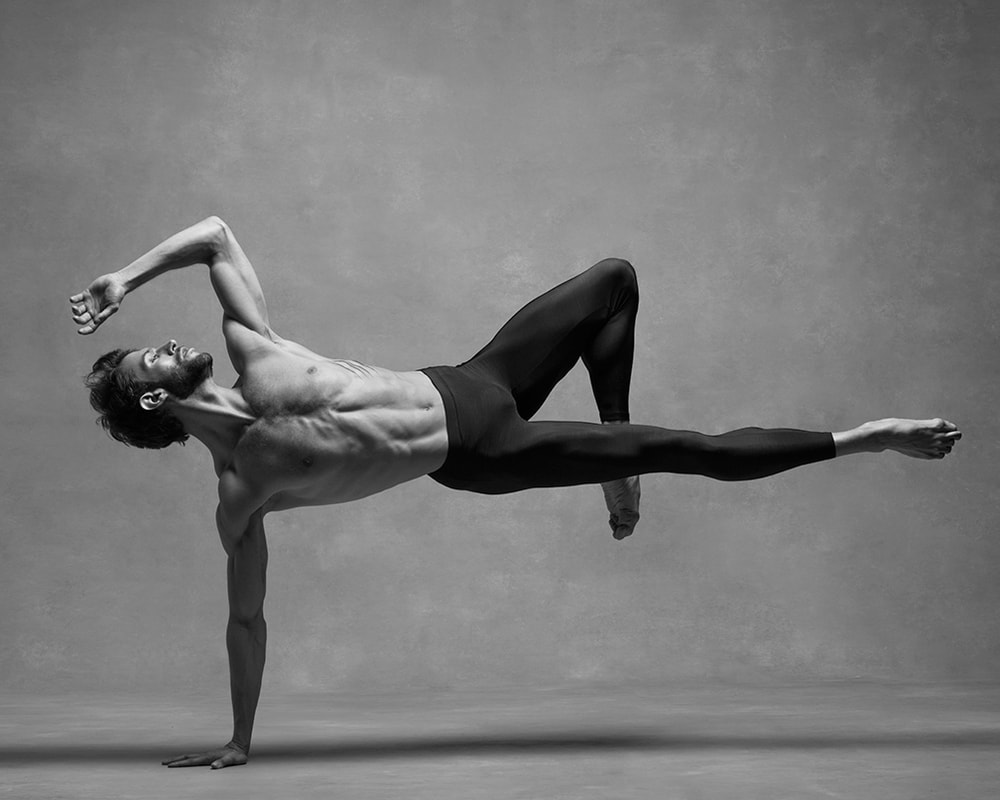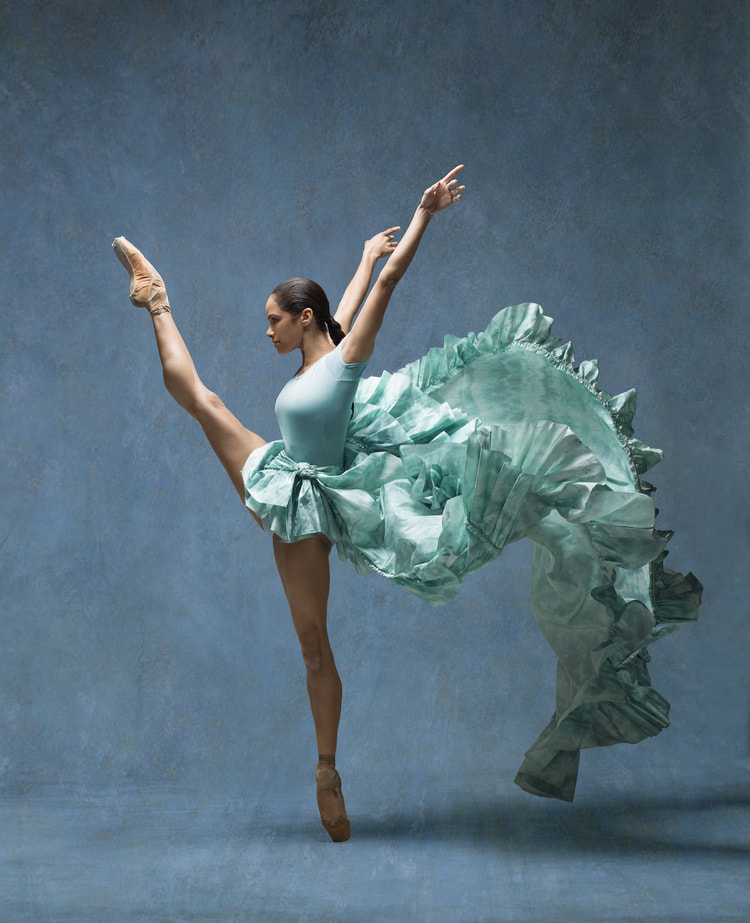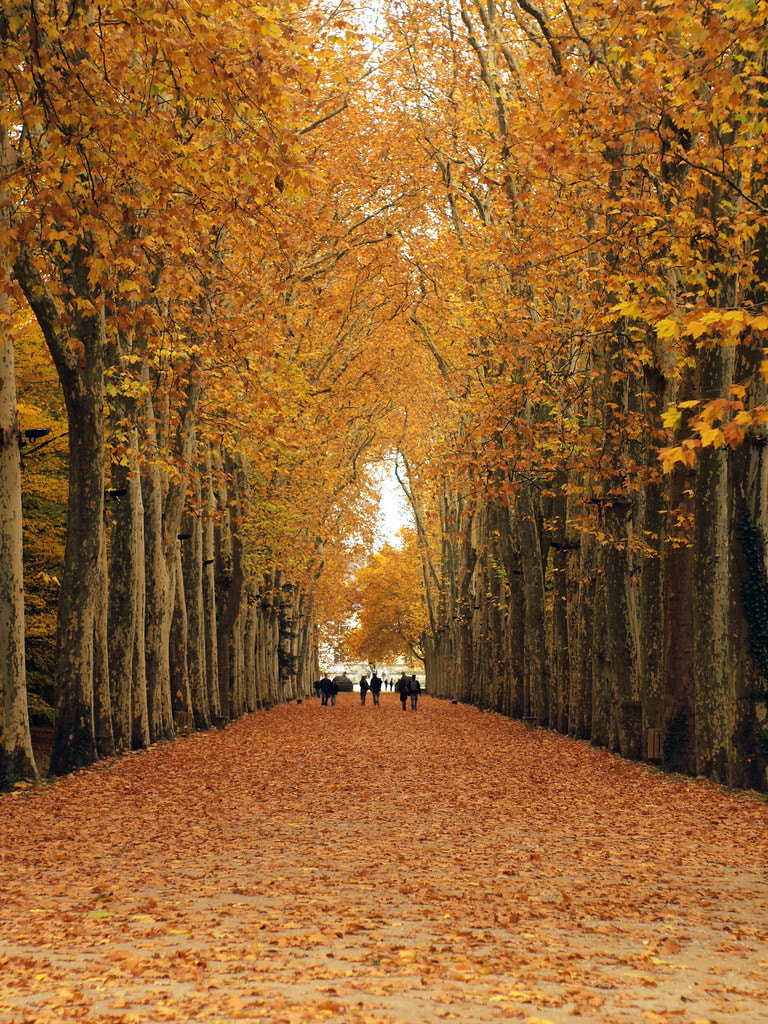n
The combination of Ory and Brower’s love of dance with their photography careers was the genesis of the NYC Dance Project (www.nycdanceproject.com). In the last several years the couple has photographed principal dancers from the top ballet and dance companies in New York and beyond in their Greenpoint, Brooklyn home studio where they live with two teenage daughters—also ballet students.
The photographs from the project are stunning. Each shot is meticulously planned—lighting, movement, and even the apparel worn by the dancers. The fruit of Ory and Brower’s labor is their book, “The Art of Movement,” first published in the fall of 2016. It quickly won an International Photography Award for best book. It’s also easily my favorite book of this year.
What is striking about the images is the remarkable athleticism of the dancers—something all too rarely appreciated about ballet. Further, how incredibly hard the dancers work at their craft for long years. Finally, how fleeting their careers are due to age and a high incidence of injury.
In quotes included in the book, several of the dancers express their gratitude for the project saying how thankful they are that there is a photographic record of their talent for all eternity. That their careers are ephemeral and most of the time there is no record after the fact.
“Time and experience have taught me that this art form is ephemeral. Rather than focus on my fears for the future, I have realized it is best to be in the present and treasure each fleeting moment.”
Laura Halzack, Paul Taylor Dance Company
“The one thing I wish I would have known as a young ballerina was that it was okay not to be perfect. I spent most of my early years as a young dancer being really hard on myself and focusing on the mistakes instead of the victories. This career is very short and you have to appreciate all the moments in it.”
Maria Kowroski, Principal, New York City Ballet
“Dance is very much in the flow, in the moment. Each performance on stage is unique and it will not repeat itself. That’s why I love photography so much because you can remember the moment. Photography freezes the moment in time, especially as it’s very different than the fleeting work that dancer’s do, that’s very ephemeral.”
Daniil Simkin, Principal, American Ballet Theater
“My biggest fear is getting injured and not being able to dance the same way, even though I’ve head major injuries before. I’m the only dancer in the world who’s missing an ACL, which is basically impossible. I remember going to the doctor, and I could hear these residents watching videos of me on YouTube, and they asked, ‘How do you do this?’ I’m a medical anomaly.”
Ashley Bouder, Principal, New York City Ballet
“I wish I had known how to take care of my body when I started dancing. Dance is an extremely physically demanding career and it is really important to be good to your body because it is your instrument.”
Tyler Peck, Principal, New York City Ballet
Perhaps the most intriguing insight from the various dancer’s quotes is how only through hard work and great repetition is it possible for one to be “free” onstage and create in the moment. Fana Tesfagioris from the Alvin Ailey Dance Theater calls it like “flying.”
“Doing a show and knowing that I just left everything on the stage, like my guts are on the stage, is literally euphoria. It’s the best feeling ever. When I am able to be totally in the moment and free on stage, that’s pretty rewarding!”
Isabella Boylston, Principal, American Ballet Theater
“I wish more people knew what it felt like to actually dance. I’m not referring to the difficulty of learning a technique or a combination. I mean the part that comes after everything clicks. When your most focused mind, your most moldable body, and your truest spirit all intertwine at the highest level. That point will look different for everyone, of course, but I wish everyone could attempt to reach it at least once. It can literally feel like flying.”
Fana Tesfagioris, Alvin Ailey Dance Theater
Several weeks ago, I was in Santa Fe for the Wine and Chile Fiesta, easily one of the top smaller wine and food festivals in the country. On day two, I was fortunate to draw the assignment of tasting through a flight of 2005 Burgundies with friend Mary Margaret McCamic, MW. The 2005 vintage—a warm one for Burgundy–was initially praised by the press. After 12 years it was a good time to revisit it. First up were three whites from Chassagne, Puligny, and Corton Charlemagne. With the exception of the Puligny-Montrachet 1er Cru “Les Folatières” from Paul Pernot, which showed oxidation probably due to storage issues, the other two wines—the Vincent Girardin Chassagne-Montrachet 1er Cru “Les Blanchots Dessus” and the Camille Giroud Corton-Charlemagne–showed beautifully.
The five reds that made up the rest of the flight were 1er crus from Volnay. All were superb showing the soft voluptuous core of fruit, intense earthiness, and firm tannins the appellation is known for. However, the third wine, the Henri Boillot Volnay 1er Cru “Les Frémiets,” gave me pause. When I first put my nose in the glass, a cascade of dried rose petals, dried red fruits, black tea, autumn leaves, and wood spice appeared within the first few seconds. I then internally “saw” shades of red, orange, and gold—autumn colors–and Mozart’s Piano Concerto No. 23 in A–which to me has always sounded like fall—started playing internally. All this sensory information quickly morphed into a memory three decades old of being at Chateau de Chenonceau in the Loire in late October and walking down a long tree-lined lane awash in brilliant autumn afternoon colors. The image above is a very good representation of the memory.
How does smelling a wine become color, music, and abstract memory? For some who are synesthetes, crosstalk between the senses is involuntary, habitual, and not always pleasant. I am anything but a synesthete, but there are times when I experience wine as colors, shapes, and even sounds in the form of music. These experiences are infrequent and anything but predictable. I think they occur for a very simple reason: I’ve tasted thousands of wines over the last 30-plus years, and for practically all that time I’ve used a very structured framework—the MS deductive tasting grid—to perceive and experience wine.
Like the dancers above, many years of “work” with tasting has sharpened my perceptions and hardwired sensory information into my long term memory to the extent that olfactory and taste impressions can at times quickly—almost instantly—be associated in very abstract ways to other senses and life memories. In a way, working in such a narrow, strict, and disciplined way for a long time has “freed” me to be able to do just that.
These associations may come down to the part of the tasting experience that is subjective. I’ll save that for another post, but I will state at this point that I believe around 30% of the tasting experience will always be highly personal and therefore subjective. To point, my perception of the various fruits and some non-fruit components in any wine will always be based on my life memories–which are again completely personal and subjective. The rest of the tasting experience, from a wine’s color to various impact aromas to the structural elements, can be quantified and agreed upon by anyone—especially those with an experienced palate.
Perhaps it’s this 30% of the wine experience that creates the potential and opportunity for crosstalk and “flight.” That with enough experience and repetition, impressions from a given wine might ignite internal responses that involve colors, sounds, feelings, and abstract memories.
Should you expect to find colors, music, and memories in a glass of wine? I can’t answer that. Everyone may have the same nervous system but we’re all wired differently. Does one need to taste thousands of wines to be able to experience sensory “cross talk”? I’m not convinced but I do believe that one has to at least be open to the possibility of these experiences actually happening in the first place. A quick strategy might involve asking questions internally when tasting. After all, that’s what we do constantly–but not necessarily consciously. It’s called thinking. The questions might include:
“If this wine were a color, what would (could) it be?”
“If this wine had a shape to it, what would (could) it be?”
“If this wine was like a song or piece of music, what would (could) it be?”
No guarantees here, but it’s definitely worth exploring because it can make one think and associate in ways not previously experienced–and that’s worth the price of admission.
Much like dance, the ritual of tasting wine goes back thousands of years. The act of putting our nose into a glass connects us to civilizations long past and symbolizes one of nature’s great gifts to man. I will never tire of smelling and tasting wine. With each glass comes the potential to make new connections and the possibility of taking flight.
nn
